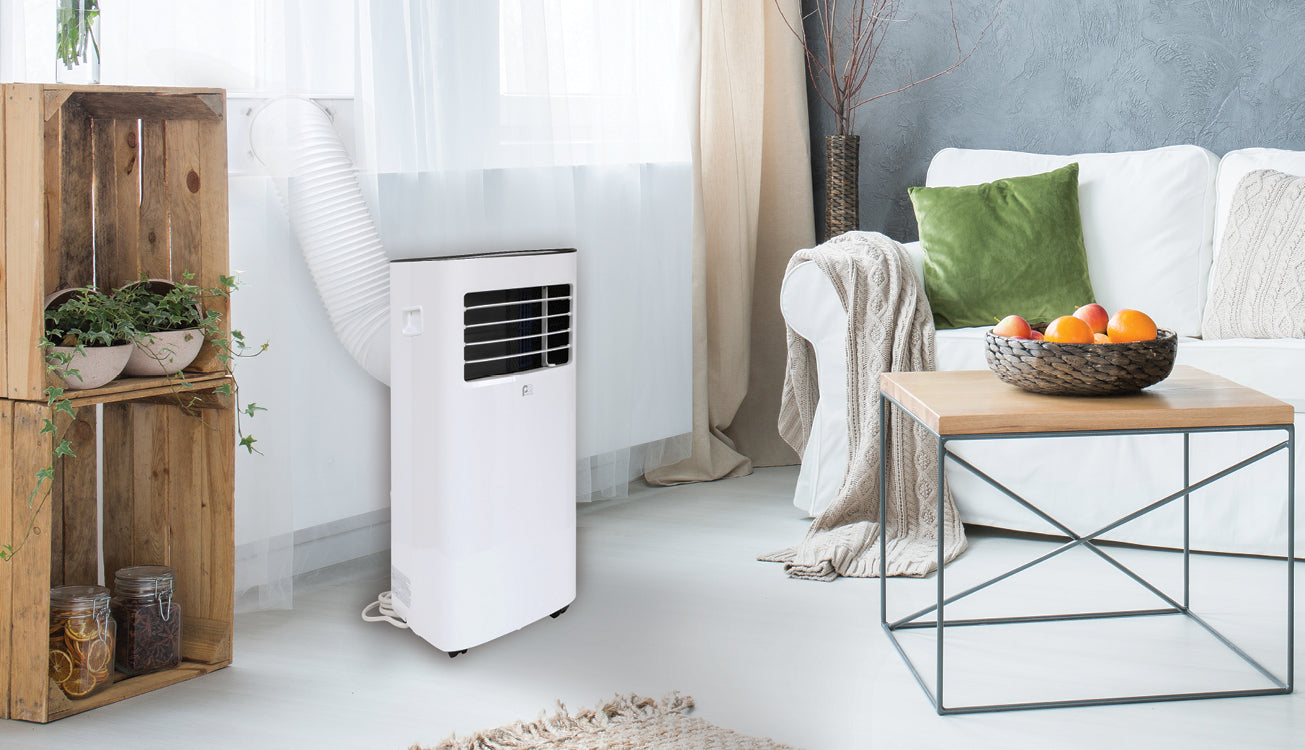
SACC Ratings: What They Are, Why They’re Used And Why It’s Important To You
If you’ve gone shopping for a portable air conditioner you may have noticed the “Seasonally Adjusted Cooling Capacity” (SACC), the rating system for portable ACs. The SACC rating system was put into place by the Federal Trade Commission (FTC) based on federal test standards established by the Department of Energy (DOE) for implementation starting Oct. 1, 2017.
To better explain this rating system, we’ve broken down some prominent questions regarding the change:
What changed?
To help better reflect the energy efficiency of each portable air conditioner, the FTC rolled out new labeling requirements to improve accuracy. In past years, portable ACs were rated similarly to other air conditioning systems using the ASHRAE standard, which was unintentionally misleading customers to compare portable units to stationary units.
What is SACC?
Taking into account environmental factors that affect portable ACs, the new SACC rating provides a weighted average performance of BTU/hour, taking into account extreme conditions, the effect of infiltration air, and duct heat transfer. The previous ASHRAE standards were not as thorough in accessing these factors that impact a portable AC unit.
With the change in testing, the new SACC ratings therefore may appear lower than previous ratings on unit packaging, even though the model has not changed.
How does this affect my portable AC or future portable ACs?
All future and current portable ACs manufactured after 2017 will have a SACC rating listed. Some manufacturers may choose to list both the ASHRAE and SACC ratings on their portable AC packaging for consumer comparison.
Bottom Line
SACC ratings are the standard for portable ACs. As you start to see these ratings on future marketing materials, it is important to keep in mind that while the new SACC ratings may appear lower than ASHRAE ratings, the construction and capacity of all Perfect Aire portable ACs have not changed.
